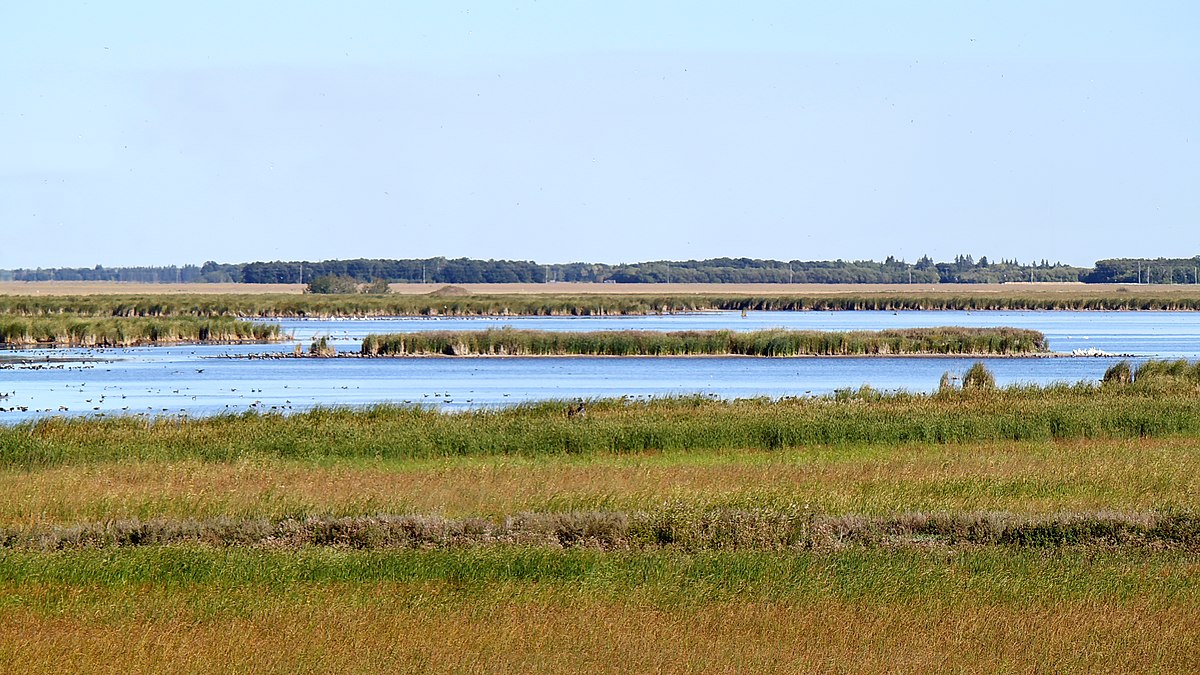Did the Water People Invent the Tesla Valve Before Tesla ?
Apparently these structures that can be seen from satellite images look very similar to what what we know as a Tesla valve:
50°34'17.1"N 108°28'35.5"W
It appears to be a lake with a river inlet and outlet. The structure seems to be channeling the flow of water through the lake. Assuming it is what it looks like to me, as a Tesla valve is directional, this means the original constructors expected the river flow to reverse direction periodically. A Tesla valve allows fluid to move in one direction but blocks it in the other direction by say a factor of 15x, depending on the effectiveness of the implementation.
If analyzed as a circuit, the Tesla valves are in series from inlet to outlet, but in parallel to each valve is some other structure. If the water flow is from top to bottom, then the valves will obstruct flow, and this will cause more water to flow through the parallel structures. If the flow reverses however, there is an easy path for the water to take upwards without affecting the parallel structures.
Apparently these structures that can be seen from satellite images look very similar to what what we know as a Tesla valve:
50°34'17.1"N 108°28'35.5"W
It appears to be a lake with a river inlet and outlet. The structure seems to be channeling the flow of water through the lake. Assuming it is what it looks like to me, as a Tesla valve is directional, this means the original constructors expected the river flow to reverse direction periodically. A Tesla valve allows fluid to move in one direction but blocks it in the other direction by say a factor of 15x, depending on the effectiveness of the implementation.
If analyzed as a circuit, the Tesla valves are in series from inlet to outlet, but in parallel to each valve is some other structure. If the water flow is from top to bottom, then the valves will obstruct flow, and this will cause more water to flow through the parallel structures. If the flow reverses however, there is an easy path for the water to take upwards without affecting the parallel structures.

